
Introduction
I read a quote somewhere which says,“Autism is not a puzzle to be solved, but a unique way of experiencing the world.”
Autism Spectrum Disorder (ASD) is a diverse neurodevelopmental condition—not something to be “cured,” but understood and supported. While challenges in communication, behavior, and social skills can arise, there are many evidence-based treatments that help individuals grow, connect, and thrive.
As the saying goes, “If you’ve met one person with autism, you’ve met one person with autism.” That’s why effective treatment is never one-size-fits-all—it’s highly personalized, blending clinical care, creativity, and compassion to meet each individual’s unique needs and strengths.
Main Treatment Categories
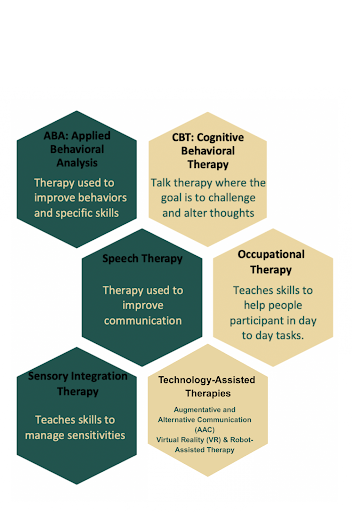
Autism is a unique way of experiencing the world, but navigating everyday challenges can be tough without the right support. That’s why treatment matters—not to “fix” someone, but to help them thrive. As Temple Grandin says, “The world needs all kinds of minds.”
With personalized care, individuals on the spectrum can unlock their potential, improve communication, and live fuller lives. Early intervention isn’t just helpful—it can be life-changing. After all, treatment opens doors to growth, independence, and inclusion—because everyone deserves a chance to shine.
A. Behavioral and Developmental Approaches
- Applied Behavior Analysis (ABA)
“What gets rewarded gets repeated.” ABA uses positive reinforcement to shape behavior and teach skills—like communication, focus, and self-care—through consistent, measurable strategies.
- DIR/Floortime
“Connection before correction.” This play-based approach focuses on emotional bonding and social development, encouraging children to express themselves and build relationships in natural, interactive ways.
- Early Start Denver Model (ESDM)
“When playtime becomes a secret mission to teach social skills.” ESDM combines ABA techniques with natural play to support early social, language, and cognitive development in young children. It is a behavioral therapy for children with autism between the ages of 12-48 months. It is based on the methods of applied behavior analysis (ABA). Parents and therapists use play to build positive and fun relationships.
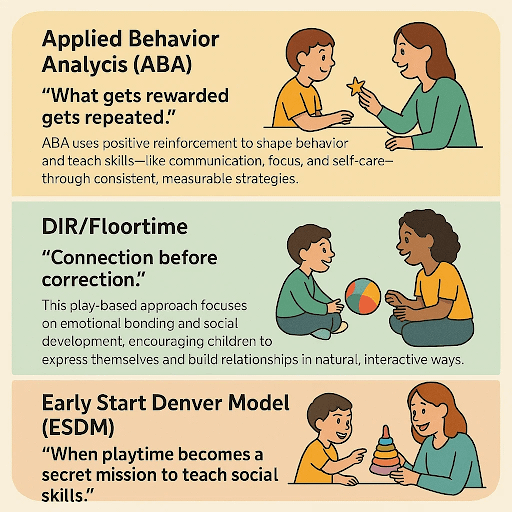
B. Educational Therapies
- Structured Teaching (TEACCH)
“Clarity brings confidence.”TEACCH uses visual schedules, routines, and structure to support learning and independence, especially for those who thrive on predictability and order.
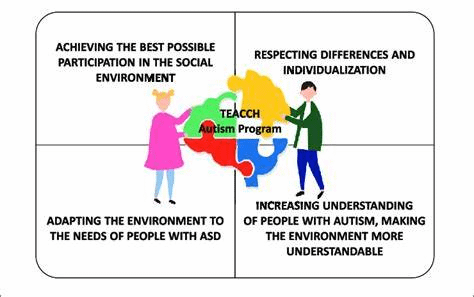
- Individualized Education Programs (IEPs)
“Every child can learn—just not in the same way.”
IEPs create a custom roadmap for success in school, tailored to the student’s strengths, needs, and learning style.
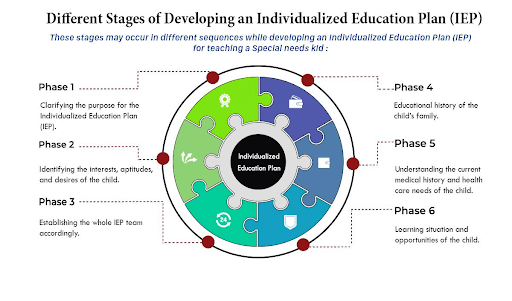
C. Speech, Occupational, and Physical Therapies
- Speech Therapy
“Communication is more than words.” From gestures to full conversations, speech therapy helps improve verbal, nonverbal, and social communication skills.
- Occupational Therapy (OT)
“Small skills, big victories.”
OT builds everyday life skills—like dressing, writing, and self-regulation—so individuals can gain more independence and confidence.
- Sensory Integration Therapy
“The world feels different to me.”
This therapy helps manage sensory sensitivities—like light, sound, or texture—so individuals can better cope with and enjoy their environments.
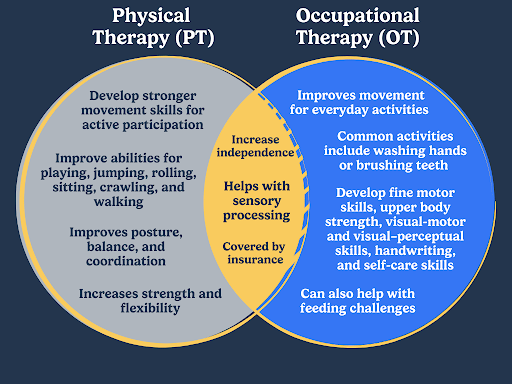
D. Medications
“Medication doesn’t change who they are—it helps them become who they’re meant to be.”
While medications don’t treat autism itself, they can help manage related symptoms like anxiety, aggression, or hyperactivity. Common options include antipsychotic drugs, prescribed carefully and often combined with therapy.
E. Complementary and Alternative Therapies
“Sometimes healing comes from places science is still learning to measure.”
- Dietary Interventions
Gluten-free or casein-free diets are tried by some families; results vary, but they can support gut health and behavior in sensitive individuals.
A healthy gut significantly tapers autism symptoms by balancing the immune system and improving overall well being. Subsuming fermented foods, omega- 3 fatty acids, and so on can help support gut health and enhance neurodevelopment. Eliminating certain food items like refined sugars, artificial additives, and gluten to improve gut health contributes therein.

- Herbal Medicine and Acupuncture
Rooted in traditional healing, these are used to promote balance and calm, especially for sleep and sensory challenges—though research is ongoing. - Music and Art Therapy
“When words fail, art speaks.”
These therapies tap into creativity, offering a nonverbal path to self-expression, emotional release, and connection.
F Technology-Assisted Therapies
- Augmentative and Alternative Communication (AAC)
“Technology can’t replace human connection, but it can build bridges to it.” From picture boards to speech-generating apps, AAC tools empower nonverbal or minimally verbal individuals to communicate more freely and confidently.
- Virtual Reality (VR) & Robot-Assisted Therapy:
Cutting-edge tools help individuals practice social scenarios, improve eye contact, or reduce anxiety in controlled, interactive environments—offering real-world readiness in a safe, playful format.
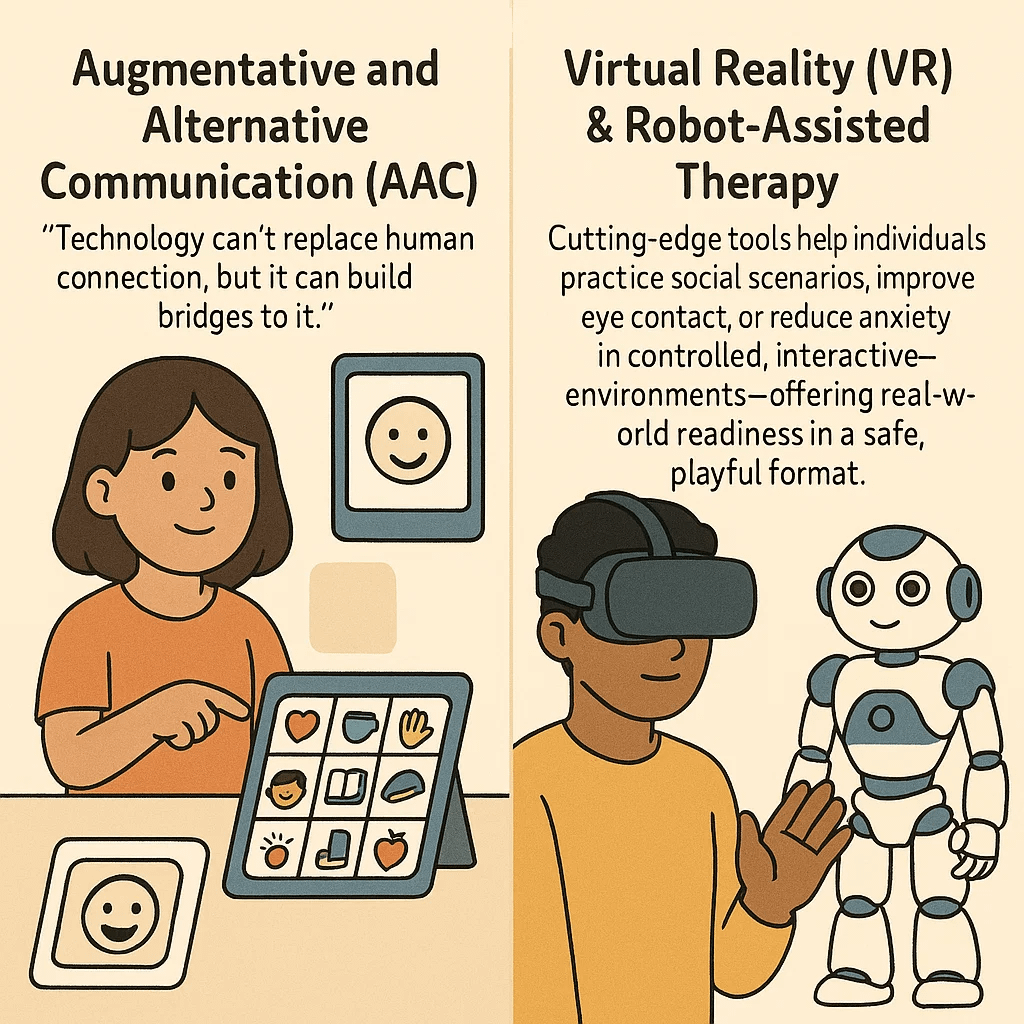
Do Autistic People Want to Be Treated?
It depends—treated for what, and by whose definition of “better”? Autistic people aren’t a monolith. Some want help navigating a world that wasn’t built for them; others just want the world to stop trying to fix what isn’t broken.
“I don’t want to be cured. I want to be understood.” — an autistic self-advocate
- Some autistic people seek support for anxiety, sensory overload, communication struggles, or executive function issues—not because they hate being autistic, but because they want to live life on their own terms.
- Think of it like this: a non-verbal autistic teen might use Augmentative and Alternative Communication (AAC) not to “become normal,” but to finally tell their mom they love her. That’s not treatment—it’s empowerment.
- Others reject the whole concept of “treatment”—especially when it feels like society is trying to erase who they are. The neurodiversity movement sees autism as a difference, not a disorder. They don’t want to be “fixed.” They want to be accepted, respected, and included.
- The term “treatment” can feel loaded. To some, it echoes a time when autistic people were institutionalized or forced through therapies to make them appear “normal.” Today, many advocate for support over suppression.
- A real-life twist? Look at Temple Grandin, a world-renowned autistic advocate. She’s never tried to stop being autistic—but she’s worked hard to manage anxiety and develop communication strategies. Her story shows how treatment doesn’t have to mean changing who you are.
“The world needs all kinds of minds.” — Temple Grandin
- Many autistic people don’t want to be “treated”—they want to be heard, seen, and supported. They want help where they choose, not where others assume. Support, not standardization.
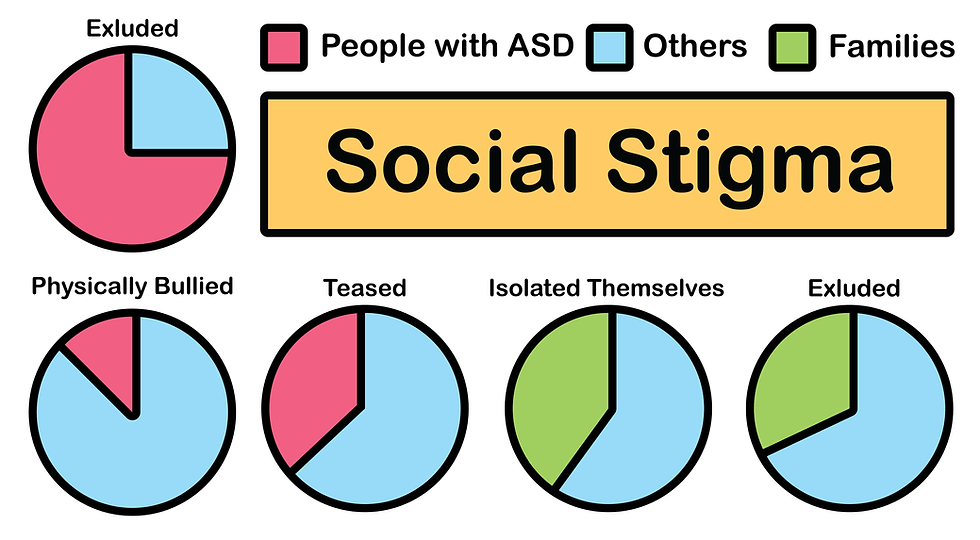
The “Superpower” Narrative: Empowering or Harmful?
Calling autism a “superpower” can be uplifting, but also oversimplifying.
- Why it helps:
It highlights strengths—like focus, creativity, and honesty—and builds confidence.
“My brain works differently, and that’s a strength — not a flaw.”
- Why it can hurt:
It may gloss over real struggles like sensory overload, anxiety, or being nonverbal.
“Not everyone has a ‘superpower.’ Some of us are just trying to get through the day.”
- The truth?
Autism isn’t a gift or a curse. It’s a way of being.
“Autism isn’t a superpower or a tragedy. It’s a way of being—and we all deserve to be supported.”
Let’s celebrate strengths without erasing the challenges. Real empowerment includes the whole picture.
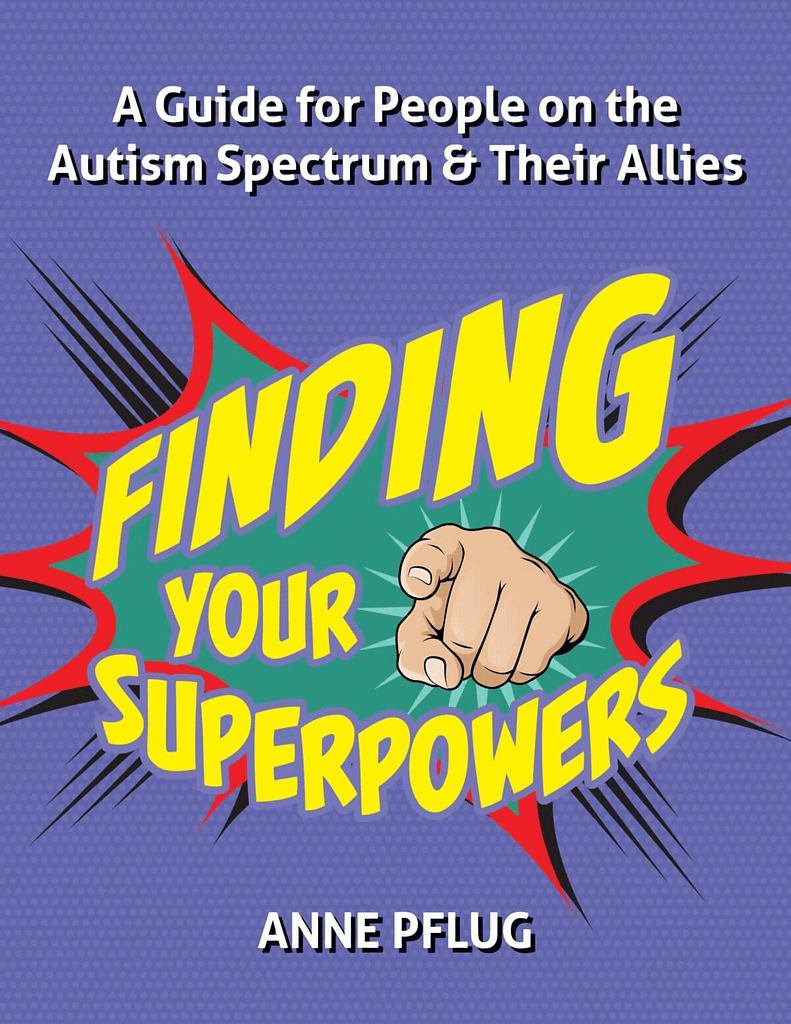
Conclusion
- Treating autism means embracing a personalized, respectful approach that focuses on supporting each individual’s unique strengths and challenges.
- Effective care combines evidence-based therapies, skill-building, and accommodations that enhance quality of life—not changing who a person is.
- True treatment prioritizes inclusion, autonomy, and empowerment, recognizing that autism is a diverse spectrum, not a problem to be fixed.
- Continued research and open-mindedness are essential to meet evolving needs with compassion and respect.

“For the minds that seek, not settle.” —
Written by Dr. Sakshi Parag Chaudhari- May, 2025.
What’s Next For You?
Want to learn more about embracing your unique brain? Stay tuned Rachna Sahney Pargi Journey for Autistic Child Support, for more articles that dive deep into human diversity, mental health, and how to navigate life in a neurodiverse world.
Reference
- Cui M, Ni Q, Wang Q. Review of intervention methods for language and communication disorders in children with autism spectrum disorders. PeerJ. 2023;11: e15735.
Article PubMed PubMed Central Google Scholar - Hirota T, King BH. Autism spectrum disorder: a review. JAMA. 2023;329(2):157–68.
Article CAS PubMed Google Scholar - Uljarević M, Phillips JM, Schuck RK, Schnapps, Solomon EM, Salzman E, Allerhand L, Libove RA, Frazier TW, Hardan AY. Exploring social subtypes in autism spectrum disorder: a preliminary study. Autism Res. 2020;13(8):1335–42.
Article PubMed Google Scholar - Cheroni C, Caporale N, Testa G. Autism spectrum disorder at the crossroad between genes and environment: contributions, convergences, and interactions in ASD developmental pathophysiology. Mol Autism. 2020;11(1):69.
Article PubMed PubMed Central Google Scholar. - Morrison KE, DeBrabander KM, Jones DR, Faso DJ, Ackerman RA, Sasson NJ. Outcomes of real-world social interaction for autistic adults paired with autistic compared to typically developing partners. Autism. 2020;24(5):1067–80.
Article PubMed Google Scholar - Baird G, Norbury CF. Social (pragmatic) communication disorders and autism spectrum disorder. Arch Dis Child. 2016;101(8):745–51.
Article PubMed Google Scholar




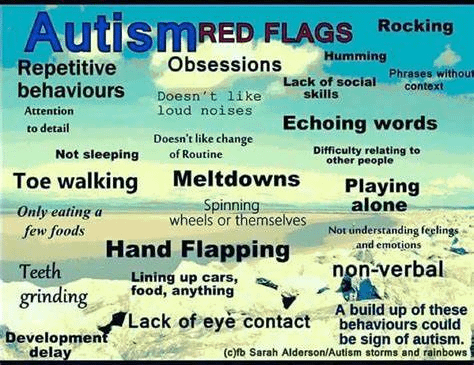


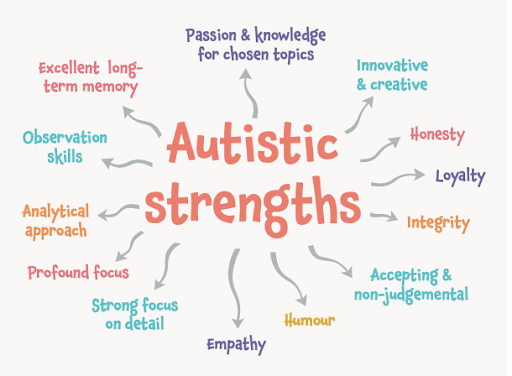
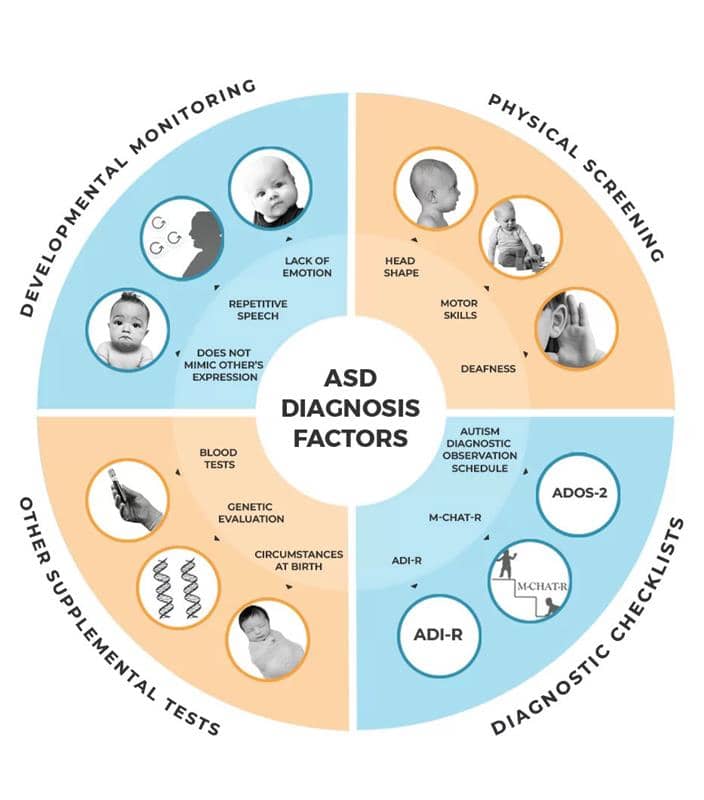
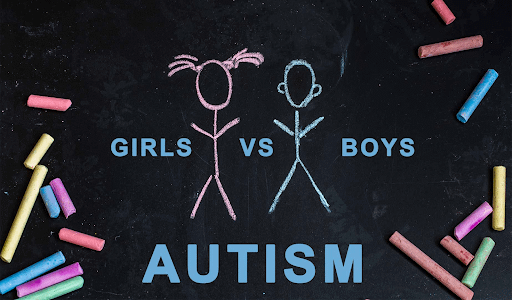


No comments yet. Be the first!